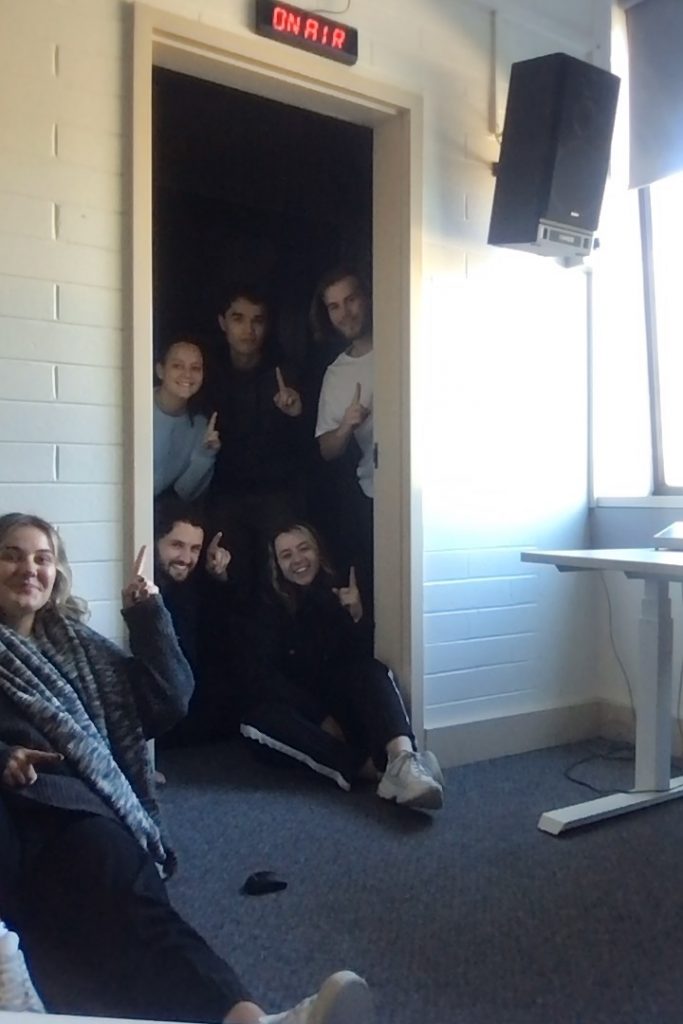Affordability pushes homelessness
By ELISE PIANEGONDA
HOMELESSNESS centres have named housing affordability as the main cause of homelessness in Canberra.
Centres say that while housing affordability is not the only cause of homelessness, it can create more problems for people already facing difficulties, especially youth or women fleeing domestic violence.
Homelessness Australia reported that while the national percentage of youth homelessness is approximately 45 percent of all homelessness, the ACT figure is around 67 percent.
Homelessness Australia said this number was due to rental affordability, forcing many young people to sleep in their cars.
Andy Miles, Barnados Manager of Youth Homelessness ACT, said that the private rental market needs to be addressed by government. He said that young people found it almost impossible to afford rent in the current market.
“The government did give a lot of money to ease these burdens through the stimulus package, but more needs to be done,” Mr Miles said.
The executive director of ACT Shelter, Jeffrey Dalton, said, “We have already seen positive developments in the ACT. We are leading the country in terms of having a coherent strategy to tackle homelessness, but we do have room for improvement. . . . . . We need to expand government funded housing as well as address the problems in the private rental market.”
In addition to affecting youth homelessness, Mr Dalton said ACT Shelter had seen an increase in women over 45 years of age accessing their services.
In a media release earlier this month (8 March 2011), Homelessness Australia’s CEO Nicole Lawder said that the trend of women over the age of 45 accessing homelessness services could have an effect on homelessness numbers in the future.
“This is a trend that must be closely monitored particularly over the course of the next decade as baby boomers retire, many with insufficient savings and super to meet the costs of housing,” Ms Lawder said.
This increase in numbers could cause the pressure on homelessness services to become strained, particularly when paired with an aging population.
On 29 April 2008, the ACT Department of Disability, Housing and Community Services released the ACT Homeless Charter and the Supported Accommodation Assistance Program (SAAP), to increase awareness and support for people experiencing homelessness in the ACT.
The ACT has also released an ACT Homelessness Strategy outlining the steps government will take to tackle homelessness and a White Paper, which aims to halve homelessness by 2020.
Mr Dalton said that while there was a lack of official data since the last census in 2006, there was a chance that homelessness had risen slightly in the Capital. He also said that the affects of the charter and SAAP might not be visible for a few more years.
“In order to tackle homelessness, there are a lot of changes that need to be made,” he said. “We wouldn’t be looking to see the affects of the last changes from 2008 until at least 2014 or 2015.”
Mr Miles said that almost three years on, the ACT Homelessness Charter and SAAP were positive developments, but there is always more that can be done.
Mr Miles said that despite homelessness rates remaining relatively stable, Barnardos ACT has seen an increase in people accessing its services, particularly people who were not usually “rough sleepers”.
Homelessness Australia said that while the 2006 census showed a slight decline in homelessness in the Capital, they have been in contact with 150 people who are currently living in their cars, compared to 78 people listed in the 2006 census.
Homelessness services said they are eager to receive more official data from the census later this year.
The ACT Homelessness Strategy will run until 2013, when it will be revised further.



Be the first to comment!